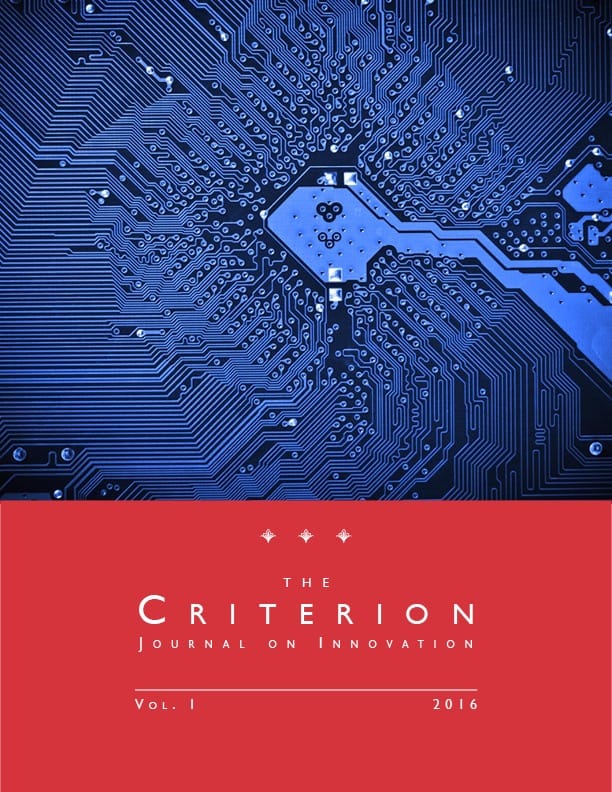Enhanced Damages for Infringement of Standard-Essential Patents
Purchase a reprint version of the Article (Amazon) | Read the Article (PDF) | Download the Article (PDF) Download the Article (PDF)In Halo Electronics, Inc. v. Pulse Electronics, Inc., the Supreme Court overruled the Federal Circuit’s Seagate standard for enhancing patent damages for willful infringement, as provided by section 284 of the Patent Act. The Court said that egregious infringement alone could justify a court’s decision to enhance the damages award, regardless of the objective reasonableness of the infringement defense. However, some standards implementers have urged courts not to read Halo to permit enhanced damages for the infringement of SEPs, on the rationale that infringement is an expected part of standard setting. That argument, which implies that the infringement of SEPs is never so egregious as to justify the enhancement of a damages award, does not withstand scrutiny.
Enhanced damages for the infringement of SEPs are likely to be unavailable as long as the contract arising from the FRAND obligation governs the relationship between the SEP holder and the infringer. However, the SEP holder’s FRAND commitment becomes moot as a matter of contract law as soon as the infringer has exhausted its rights as a third-party beneficiary of the FRAND contract by rejecting the SEP holder’s FRAND offer, either expressly or by operation of law. Thereafter, the governing law reverts to the Patent Act and its interpretation by the federal courts, pursuant to which the SEP holder may seek enhancement of the damages award under section 284. As the Court emphasized in Halo, the decision to enhance the damages award rests in the court’s discretion, provided that the infringement is egregious. Factors such as the infringer’s knowledge of the SEPs’ existence and the infringer’s conduct in negotiating a license for SEPs inform whether the infringer has engaged in egregious misconduct justifying a punitive sanction.

Cite as
J. Gregory Sidak, Enhanced Damages for Infringement of Standard-Essential Patents, 1 Criterion J. on Innovation 1101 (2016).
